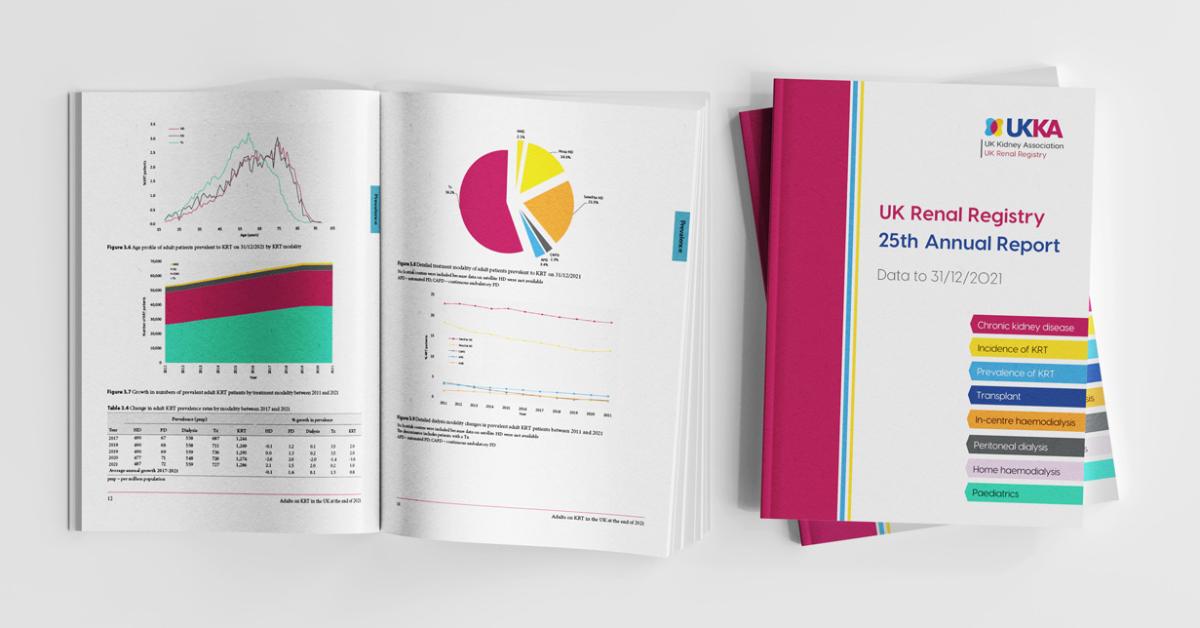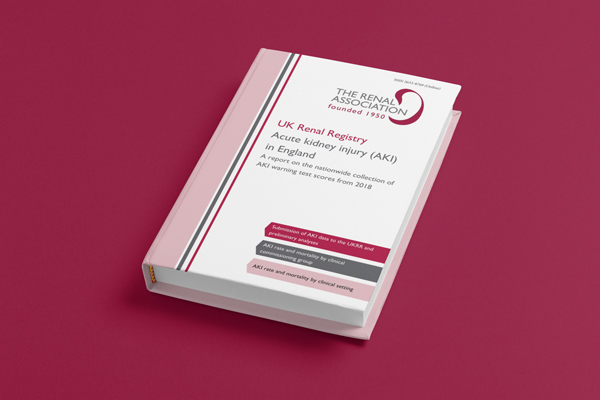Clinician Information
This page focuses on the diagnosis and management of Fibromuscular Dysplasia (FMD) in a UK context. Other high quality, detailed resources are linked at the bottom of the page.
Fibromuscular dysplasia (FMD) is a non-atherosclerotic, non-inflammatory vascular disease leading to arterial stenosis, aneurysm and dissection of small- to medium-sized arteries. The most frequently affected vascular beds are the renal (75- 80%) and cervical arteries (75%), but FMD lesions have also been reported in coronary, mesenteric and limb arteries.
30 to 50% have multiple arteries affected.
- Clinically significant FMD is rare, representing less than 1:100 causes of renovascular hypertension, ischaemic nephropathy or renal artery aneurysms. As such this is an extremely rare condition causing clinically significant disease
- It affects females more commonly with a female / male ratio of 9:1, usually presenting the 2nd to 4th decade
- The prevalence is 0.4%, in contrast the prevalence of incidentally discovered FMD is 4.4 – 5.7% of patients undergoing investigation as potential kidney donors
- 0.4% of patients with hypertension have this due to FMD
- For decades, FMD was thought a benign prognosis and as such research has lagged behind
- Yet, FMD can be associated with severe hypertension, ischaemic or haemorrhagic stroke, Myocardial Infarction and rarely end stage kidney disease
- FMD can lead to invasive procedures such as percutaneous angioplasty, reconstructive surgery, or intracranial aneurysm clipping
- Thus, both the disease and its treatment can lead to significant morbidity and mortality
- Smoking may be associated with a more aggressive course of the disease
- The etiology remains unknown
- Histologically, FMD lesions are heterogeneous, with various degrees of collagen hyperplasia, internal elastic lamina rupture, and disorganisation of the media layer
- Pathological specimens are rarely obtained, hence the histological classification is not used in diagnosing FMD. In the past, fibrous lesions were classified according to the arterial layer affected (intima, media, or adventitia)
- In the absence of histology, the diagnosis is based on demonstration of a typical ‘string-of-beads’ appearance on CT-angiography, MRI-angiography or catheter arteriography (multifocal FMD) or, alternatively, focal or tubular stenosis in the absence of atherosclerotic plaque, multiple vascular risk factors, inflammatory syndrome or vascular thickening, and familial or syndromic disease (unifocal FMD).
- It is associated with hypertension and stroke. Little is known about the prevalence of FMD within the different vascular beds, the risk and determinants of complications and progression of the disease.
The clinical presentation is dependent on the effects of ischemia related to stenosis, dissection and occlusion of major arteries, rupture of aneurysms, embolization of intravascular thrombi :
Hypertension – 67% Headache – 57% Pulsatile tinnitus – 33% Neck pain – 27% Cervical bruit – 25% Flank or abdominal pain – 17% Abdominal bruit – 11% TIA – 10% Stroke – 8%
- Medical management includes blood pressure control e.g. Renin Angiotensin blockade.
- Anti-platelets may be used if the patient is at risk of stroke
- Percutaneous intraluminal angioplasty – in contrast to patients with atheromatous renovascular disease, hypertension can be cured or improved by angioplasty. Angioplasty without stent insertion is usually sufficient
- If the patient has an aneurysm, this can be followed up with magnetic resonance angiography rather than computerized tomography to reduce radiation exposure and follow the size of the aneurysm
A history of FMD in at least another relative is reported in around 4% of cases, suggesting a possible genetic component, although the percentage has come down with time as numbers in the registries have increased.
The FMD RDG will work with the Renal Association, UK Renal Registry and other RDG’s to produce advice for commissioners that relate to the specific aspects of FMD as well as more general advice that relates to rare diseases, CKD and hypertension.
The RDG will initially focus on a review of current evidence to provide guidance on current best practice on who to screen, family screening, managing children and adults with FMD, molecular testing, monitoring disease progression and management of hypertension.
A dedicated FMD clinic has been set up at Salford Royal Hospital, part of the Northern Care Alliance. This clinic benefits from renal, neurology, interventional radiology and neuroradiology expertise. Referrals are accepted from across England. Please contact Dr Tina Chrysochou, or her secretary, Penny Lees (penny.lees@nca.nhs.uk) if you would like to refer anyone
- Plouin PF, Perdu J, La Batide-Alanore A, et al. Fibromuscular dysplasia. Orphanet J Rare Dis 2007; 2:28.
- Hendricks NJ, Matsumoto AH, Angle JF, et al. Is fibromuscular dysplasia underdiagnosed? A comparison of the prevalence of FMD seen in CORAL trial participants versus a single institution population of renal donor candidates. Vasc Med 2014; 19:363.
- Persu A et al. European consensus on the diagnosis and management of fibromuscular dysplasia. Journal of Hypertension 2014; 32:1367-1378
- Olin, J.W. Clinical manifestations and diagnosis of fibromuscular dysplasia, UpToDate.com
- Olin, J.W. Treatment of fibromuscular dysplasia of the renal arteries, UpToDate.com
- Saw J,Ricci D, Starovoytov A et al. Spontaneous coronary artery dissection: prevalence of predisposing conditions including fibromuscular dysplasia in a tertiary center cohort. JACC Cardiovasc Interv. 2013 Jan;6(1):44-52. Epub 2012 Dec 19
- Spontaneous Coronary Artery Dissection Research www.scadresearch.org
- Persu et al., Revisiting Fibromuscular Dysplasia: Rationale of the European Fibromuscular Dysplasia initiative. Hypertension 2016. In Press. Mayo Clinic
- US registry for FMD: www.fmdsa.org/research_network/fmd_registry
-
UK Fibromuscular Dysplasia (FMD) Study
IRAS 291394, Northern Care Alliance R&I Reference: S21CDV03-S
The UK FMD Study gained full ethical and final local sponsorship approval on 01/09/2022. Salford Royal Care Organisation, part of the Northern Care Alliance, are the principal site and any centres wishing to join this initiative will be onboarded in stages. Dr Constantina (Tina) Chrysochou is the Principal Investigator. This study is the ‘UK branch’ of the well established European and International FMD initiative (FEIRI). Please ask your consultant or any of the co-investigators in the FMD RDG group to find out how to participate




